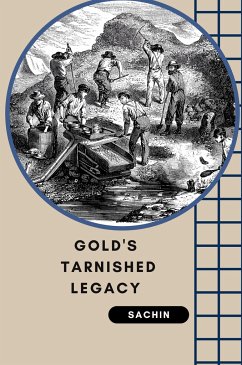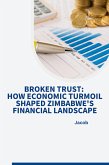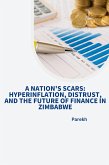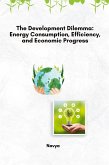The South African gold mining industry has historically been a major driver of the country's economyas well as socio-political landscape (Smit, 2013). For over a century it has provided employment,investments, infrastructure, and taxes (Onn and Woodley, 2014; Schonfeld et al., 2014), and beenresponsible for the development of dozens of cities and towns across the country, most notable of whichis Johannesburg (Naicker et al., 2003; Durand, 2012; Ojelede et al., 2012; Kneen et al., 2015). Goldwas first discovered in the Witwatersrand Basin in 1886, a geographical feature that was once the largestgold resource in the world (Minerals Council South Africa, n.d.). This discovery transformed SouthAfrica's agricultural economy into a mining economy, and opened the country up for international trade(Durand, 2012; Rand Refinery, 2013). However, the gold mining industry is also responsible for alegacy of inequality, exploitation, damaged family structures, health impacts and environmentaldegradation (Lawrence and Samkin, 2005; Durand, 2012; de Villiers et al., 2014; International HumanRights Clinic (IHRC), 2016). Furthermore, it is important to note that apartheid is inextricably linkedto the gold mining industry in particular (de Villiers et al., 2014; Benchmarks Foundation, 2017). Theindustry has left a legacy of ownerless and abandoned mines and tailing storage facilities thatcompromise the health and safety of nearby communities and eco-systems due to air, water and soilpollution including but not limited to acid mine drainage (Winde and van der Walt, 2004; Duruibe etal., 2007; Durand, 2012; Bobbins, 2015). Furthermore, the gold industry is in decline and globalcommodity markets are turbulent (Mudd, 2007; Hartnady, 2009; Chamber of Mines of South Africa,2017). From 2004 to 2016, South Africa's percentage of global gold production fell from 13.5% to4.4% (Chamber of Mines of South Africa, 2017). Furthermore, the Witwatersrand reserves are nearlyexhausted (Hartnady, 2009), and there are only an estimated 39 years of accessible gold reservesremaining (Statistics South Africa, 2018). It is thus clear that the South African gold industry is in aprecarious situation, and is running out of time to create a sustainable legacy.Governments, civil society and, more recently, finance are putting increasing pressure onmining companies to account for their social and environmental impacts and to justify their continuedexistence, forcing mining companies into adopting sustainability agendas (Mudd, 2008; Higgins andCoffey, 2016). Many mining companies, particularly multi-nationals, are reporting on theirsustainability performance in publicly available annual reports, commonly termed sustainabilityreports, using standardised frameworks developed under the auspices of various responsible businessinitiatives (Siew, 2015).
Bitte wählen Sie Ihr Anliegen aus.
Rechnungen
Retourenschein anfordern
Bestellstatus
Storno









